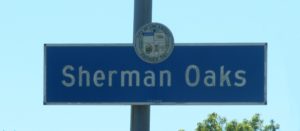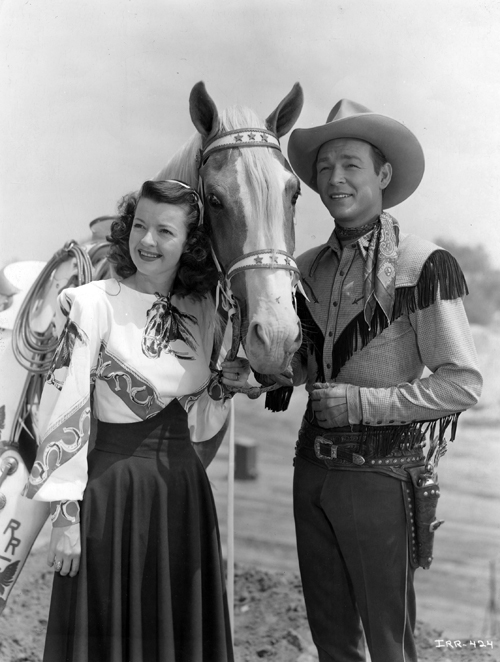
The Valley of the Yard Sales
May 28, 2019
Van Nuys Has Taken On Mythical Proportions
June 8, 2022 The San Fernando Valley is made up of over four dozen communities.
The San Fernando Valley is made up of over four dozen communities.
Some of them are cities, some are enclaves. And some of them are simply a hundred cars all stuck in traffic on the freeway. All of them have a unique make-up, distinguishing themselves from the rest. So, the next time someone tells you they’re from the Valley, try and get them to be more specific. It could mean the difference of literally two hours driving on the 101.
Before We Knew It
Founded in 1927, Sherman Oaks includes a portion of the Santa Monica Mountains, which gives it a lower population density than some other areas in Los Angeles. Los Angeles County, rather than Los Angeles, the city. A partner of the Los Angeles Suburban Homes Company, Gen. Moses Hazeltine Sherman, developed Sherman Oaks. The company had subdivided 1,000 acres (400 ha) of land that would become Sherman Oaks. In 1927, each acre was sold for $780, which by today’s market standards, would cost roughly 2.5 million dollars. Quite the investment. I don’t know anything comparable in reverse receding value, other than perhaps the same amount of acreage on the backside of Kim Kardashian.
History is made from Entrepreneurs
Moses Hazeltine Sherman (December 3, 1853 – September 9, 1932) was an American land developer who built the Phoenix Street Railway in Phoenix, Arizona and streetcar systems that would become the core of the Los Angeles Railway and part of the Pacific Electric Railway in Los Angeles, California, and owned and developed property in areas such as the westside of Los Angeles, the San Fernando Valley and Hollywood, California. He also served on the Los Angeles Water Board. He was also known as M. H. Sherman and General M. H. Sherman, though I’m not sure he actually owned a Way-Back Machine. In 1991, a group of homeowners living in the Chandler Estates area successfully petitioned former Los Angeles City Councilmember Zev Yaroslavsky to re-draw the boundaries of Sherman Oaks from Magnolia to Burbank Blvd to the north, and from Coldwater Canyon to Van Nuys Blvd to the west, with the goal of including their neighborhood. This request was nothing new to the San Fernando Valley; other neighborhoods had either sought to change their names, or sought to attach themselves onto more affluent neighborhoods. Residents in the area argued, however, that the area was originally part of Sherman Oaks, but was labeled Van Nuys instead through the creation of ZIP codes in 1962; a resident produced a property deed to buttress the case.
Secession within the city
Just a few weeks after the Chandler Estates area successfully seceded from Van Nuys, Magnolia Woods, a 45 block area bordered by Van Nuys Boulevard on the east and the San Diego Freeway on the west, and between Burbank and Magnolia Boulevards, also successfully petitioned Los Angeles City council member Marvin Braude to secede from Van Nuys and join Sherman Oaks. Petitioners in the area argued that their neighborhood was also part of Sherman Oaks, though they were only able to produce 22 deeds showing so. As a result of this change, Van Nuys Middle School became separated from its namesake neighborhood.
Value for Money
The rich gated hills of Bel Air has a median listing home price of $8.1M, making it the most expensive city in Los Angeles County. Reseda is the most affordable city, with a median listing home price of $799K. Sherman Oaks teeters around the median. No wonder Sherman Oaks is known as the shopping mecca of the Valley. Sherman Oaks is famous for its shopping malls, including Westfield Fashion Square and Sherman Oaks Galleria.
A living and breathing movie set, Sherman Oaks Galleria was the setting for the iconic Fast Times at Ridgemont High and Terminator 2: Judgment Day. I live and breathe for the fantasy of Sean Penn’s Jeff Spicoli character calling Arnold Schwarzenegger s Terminator robot “a d*#k!”.

